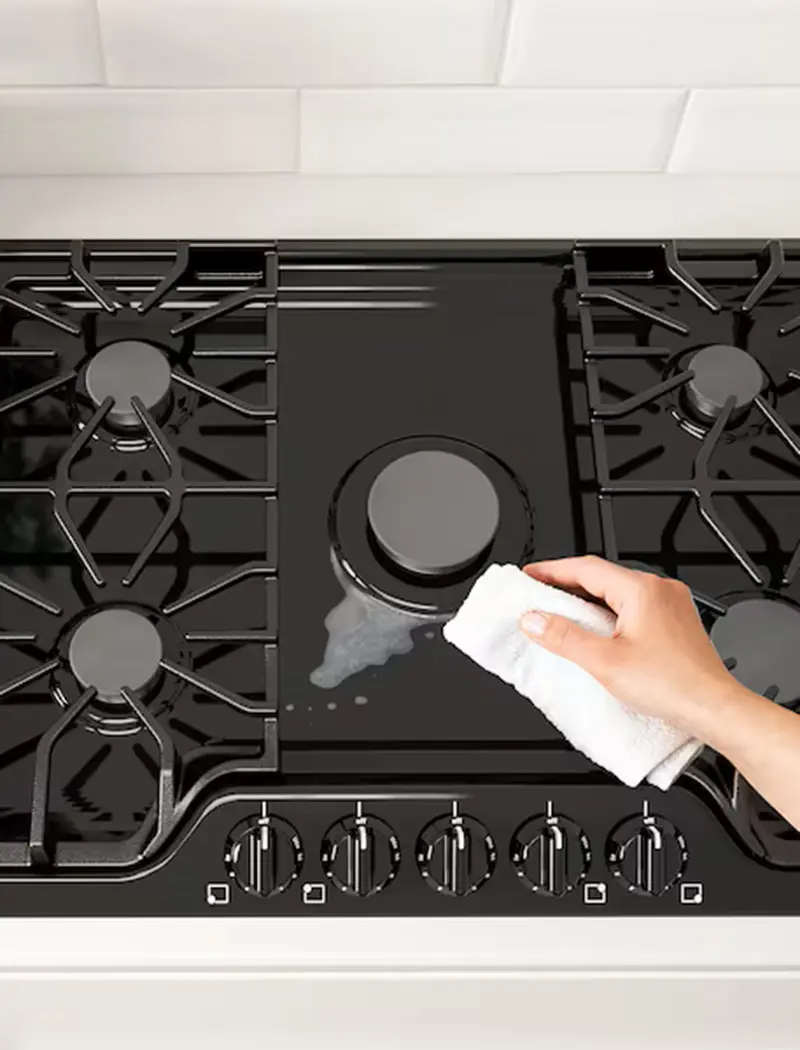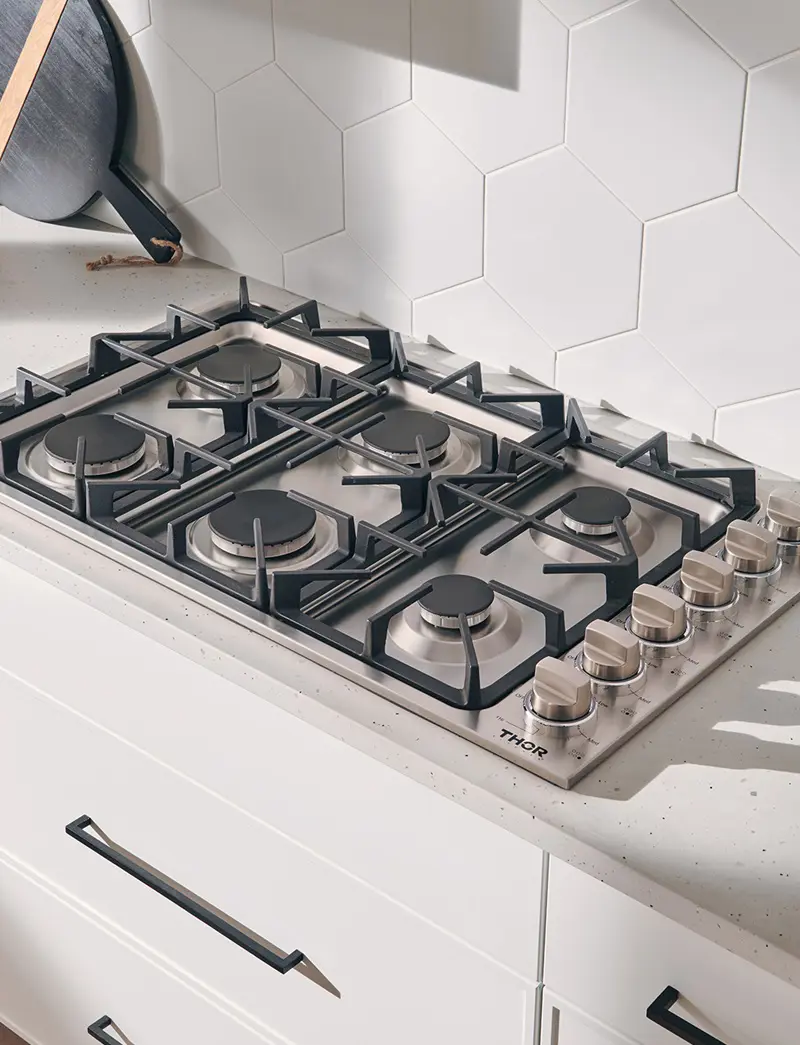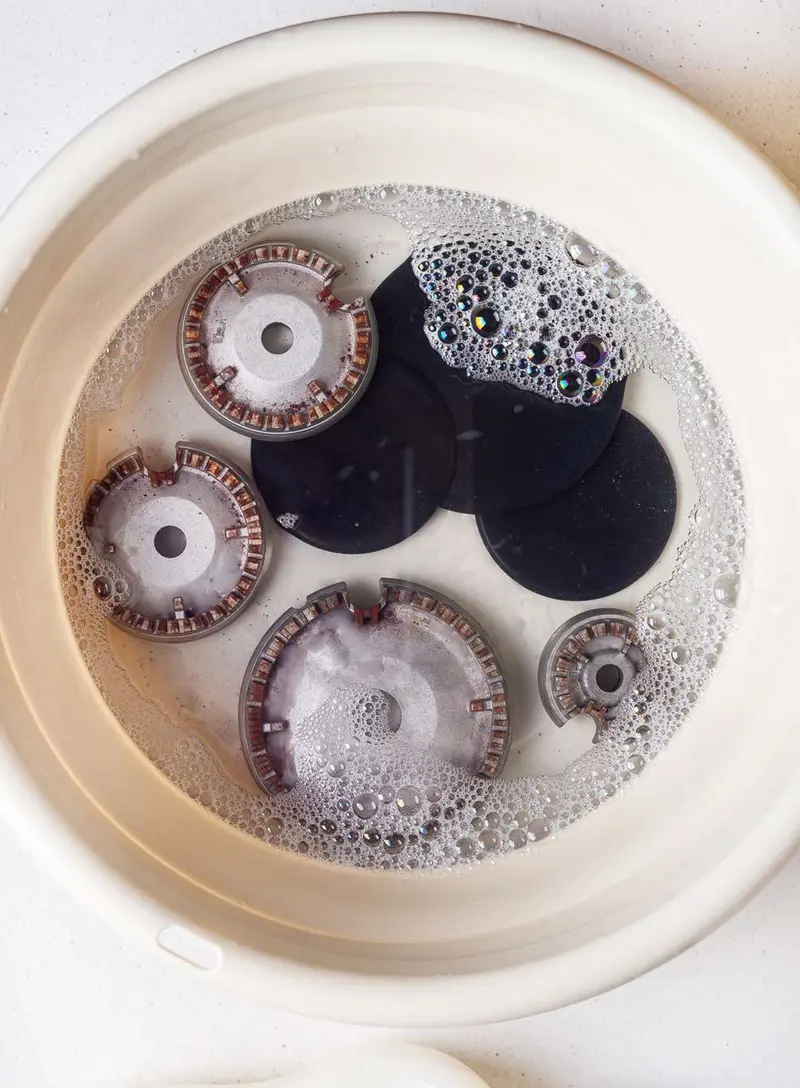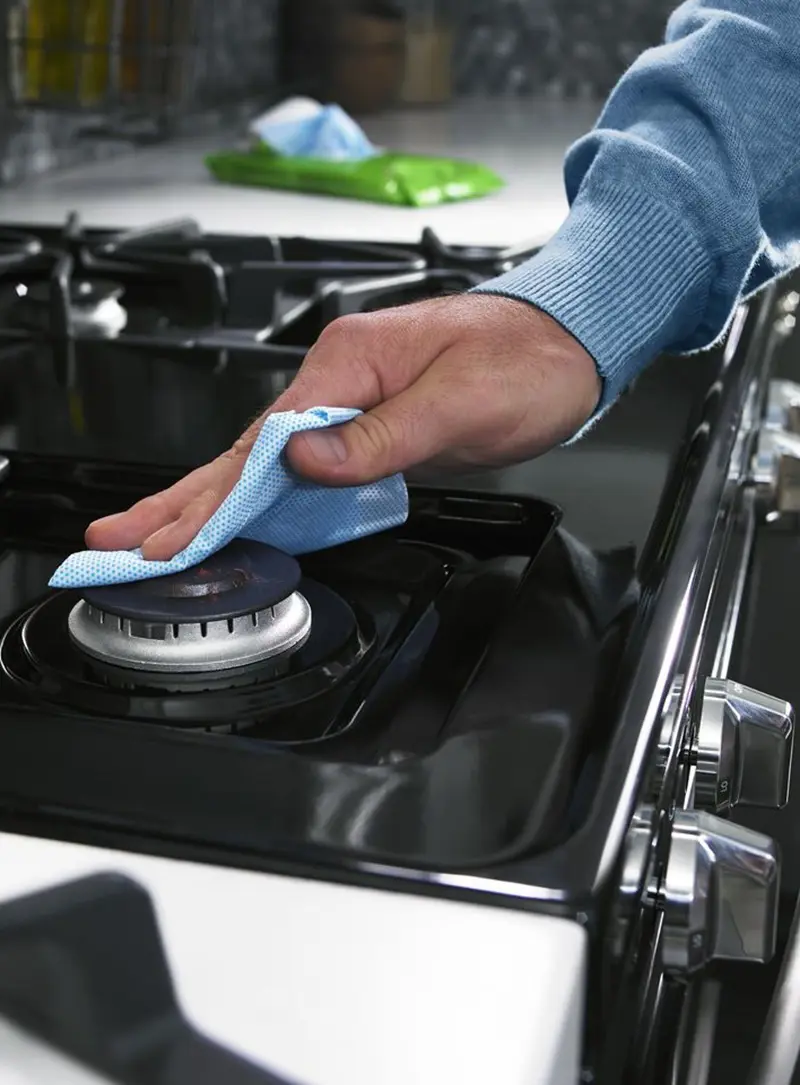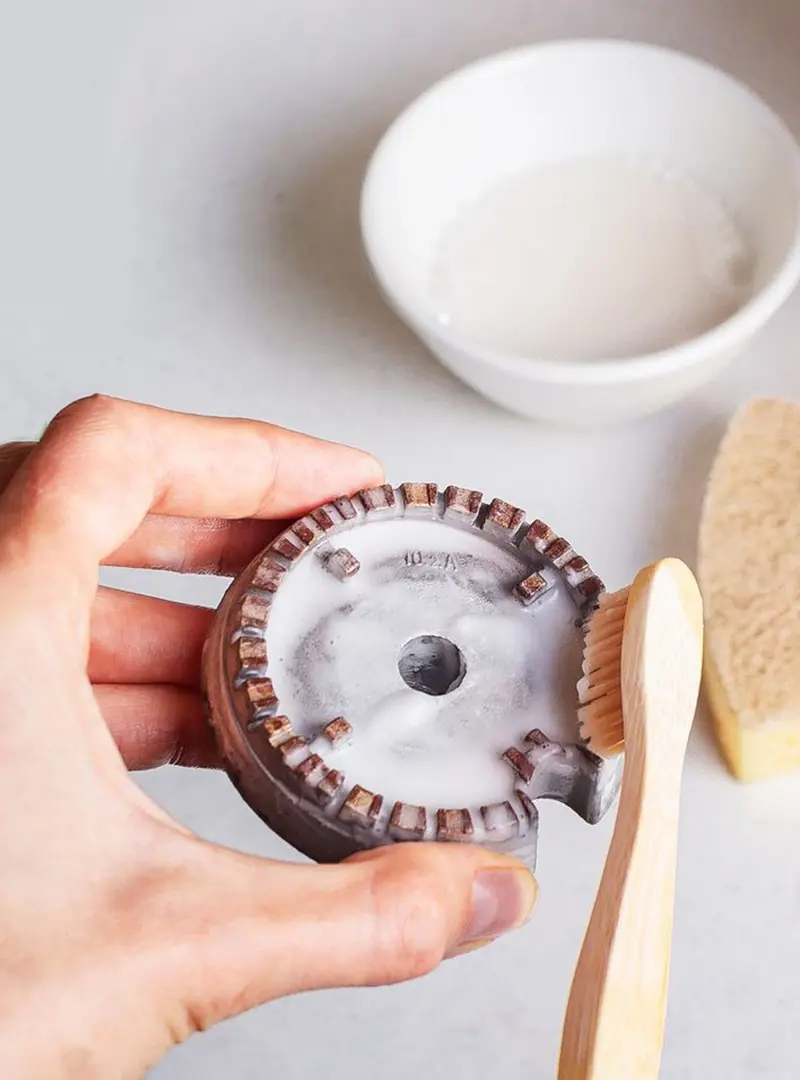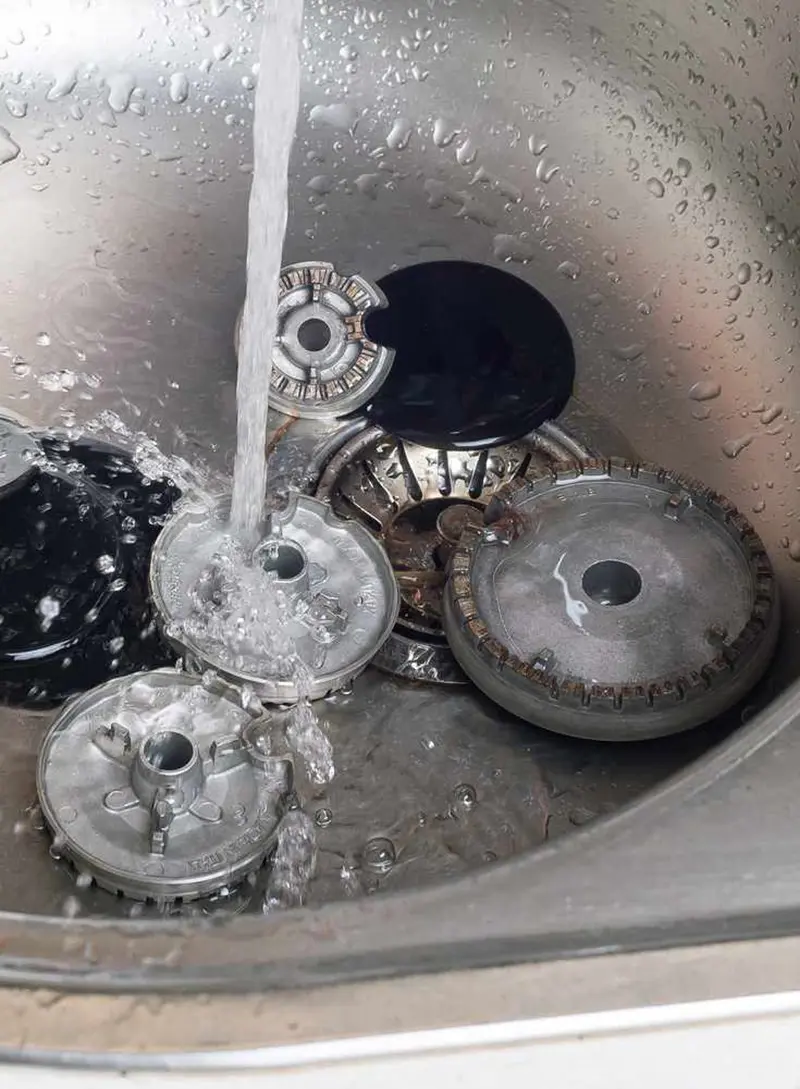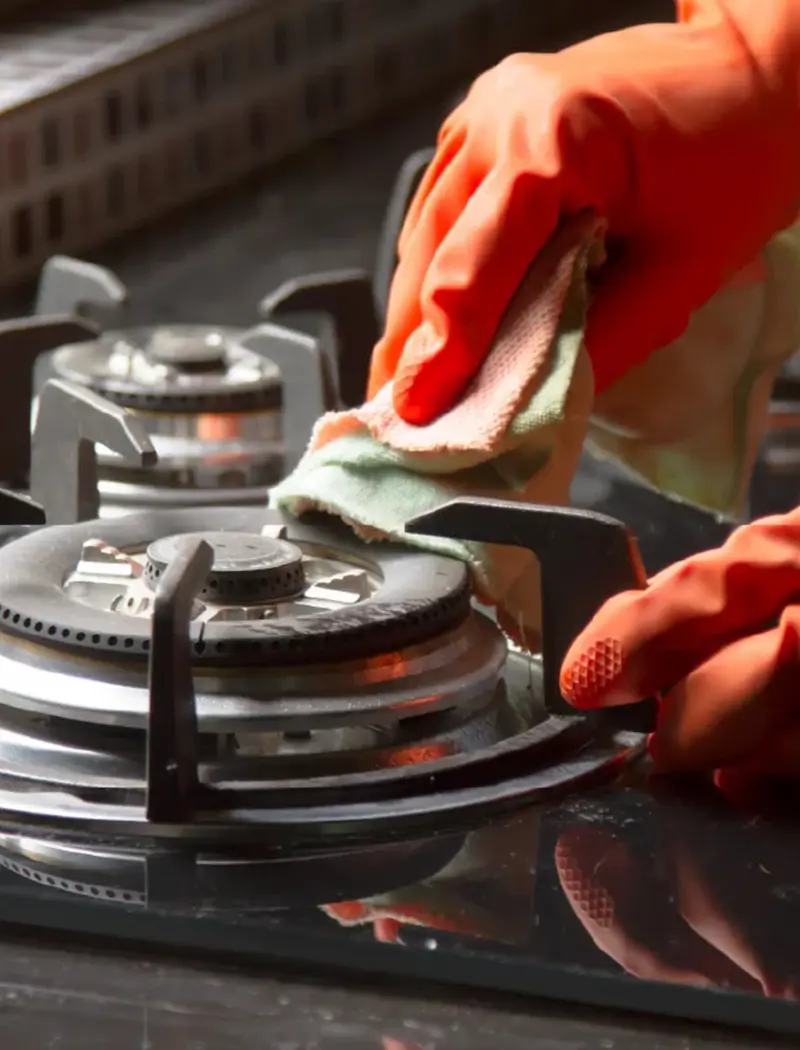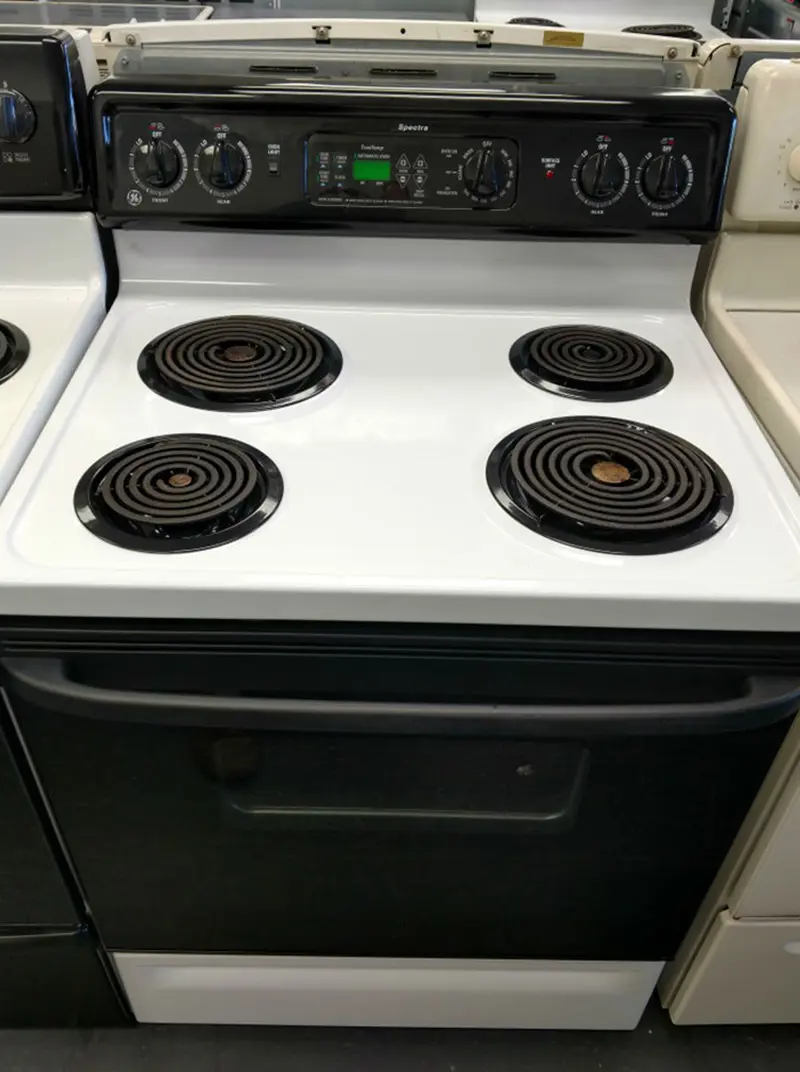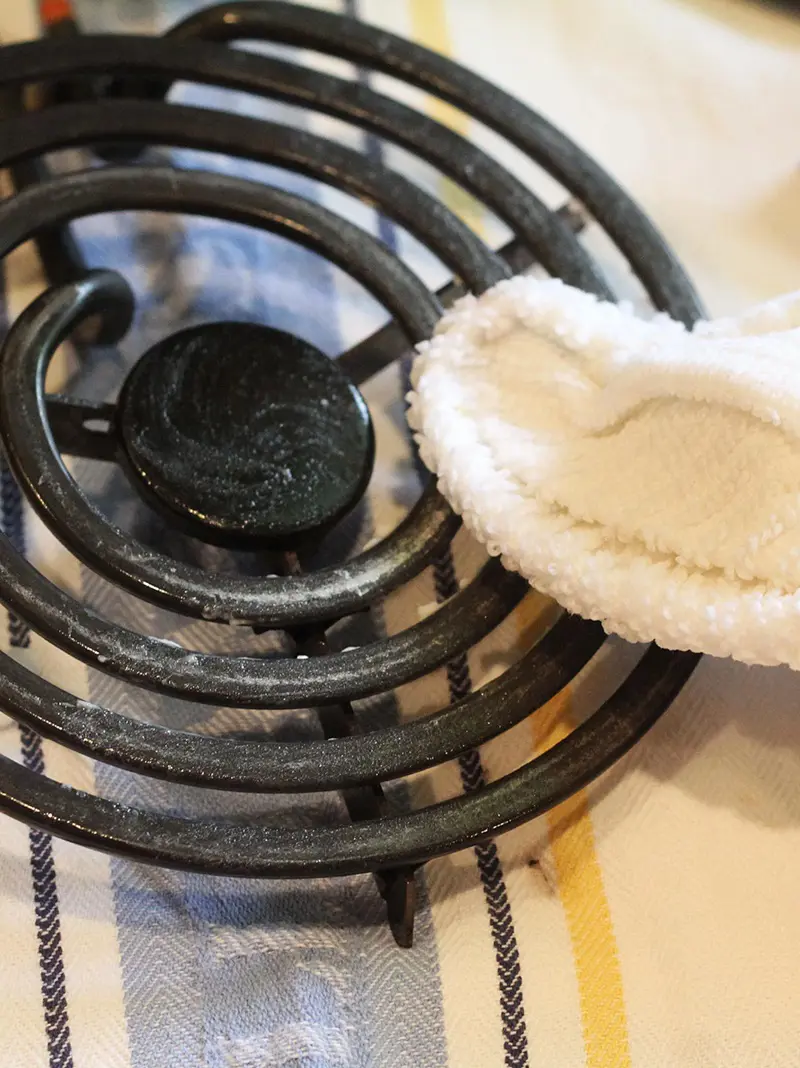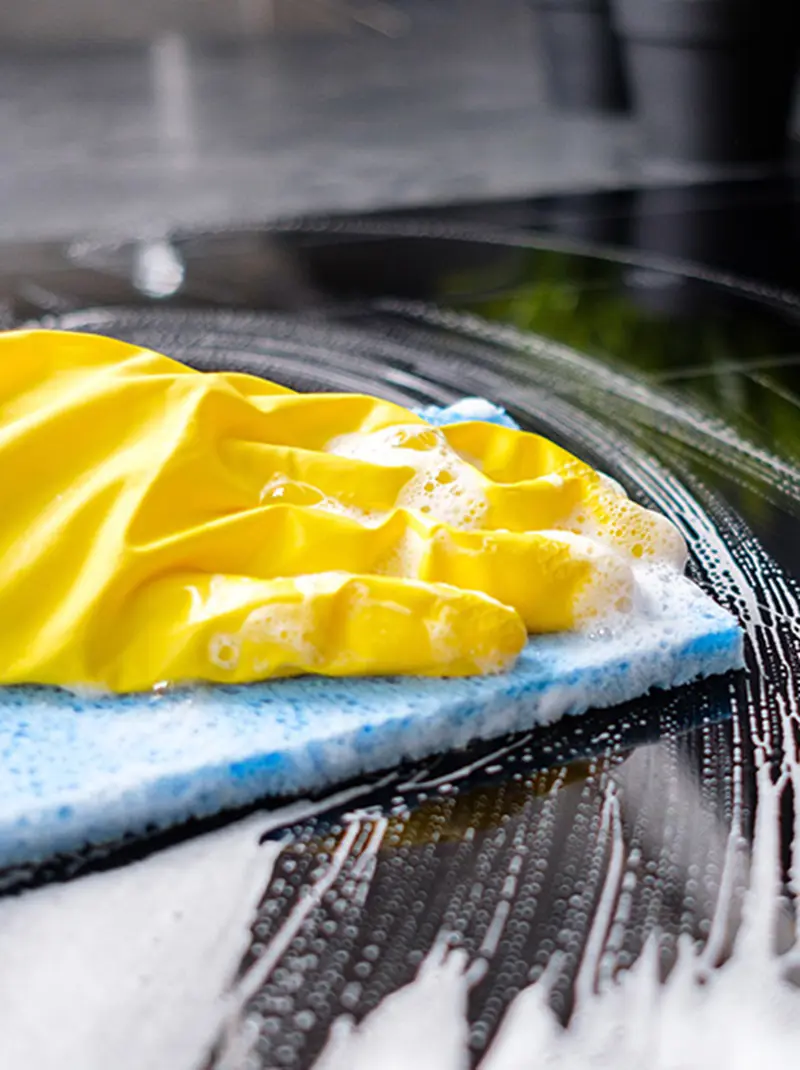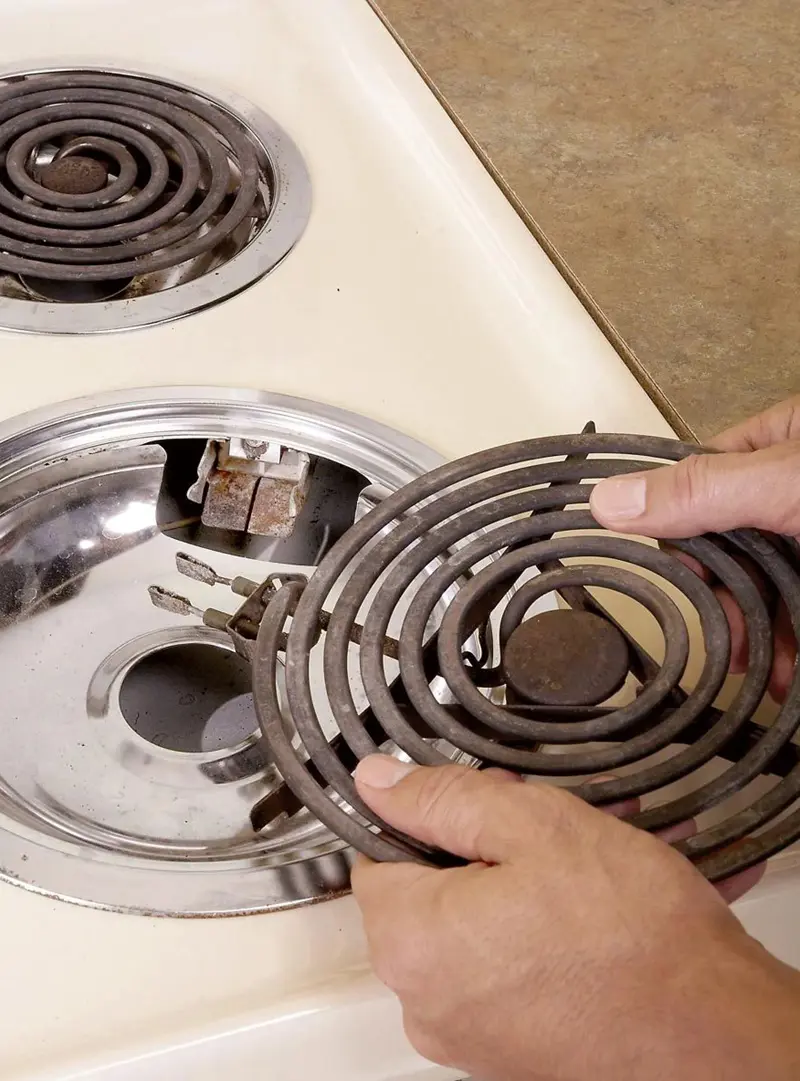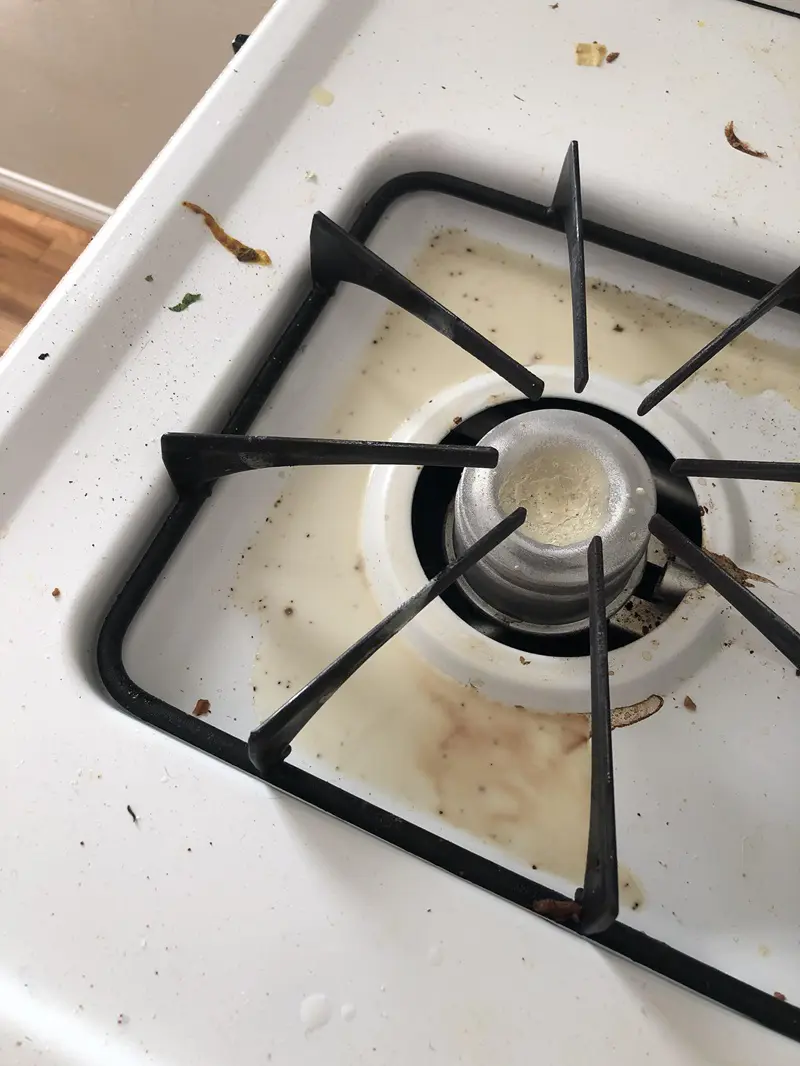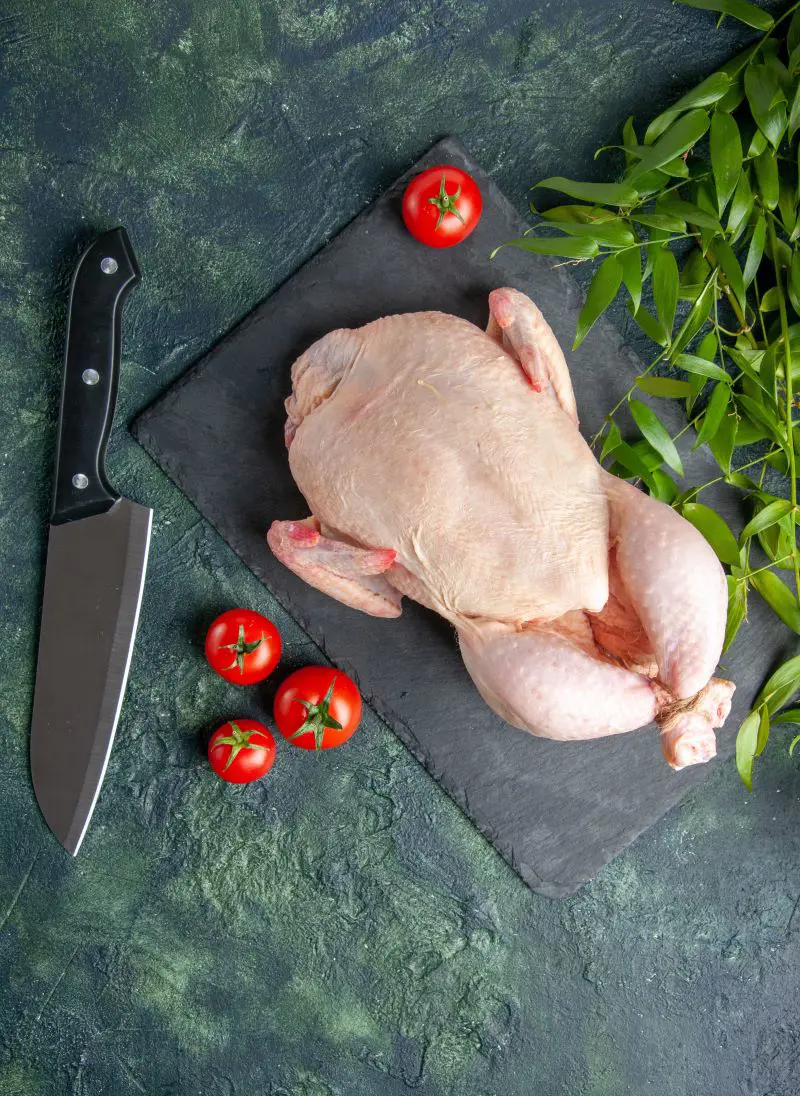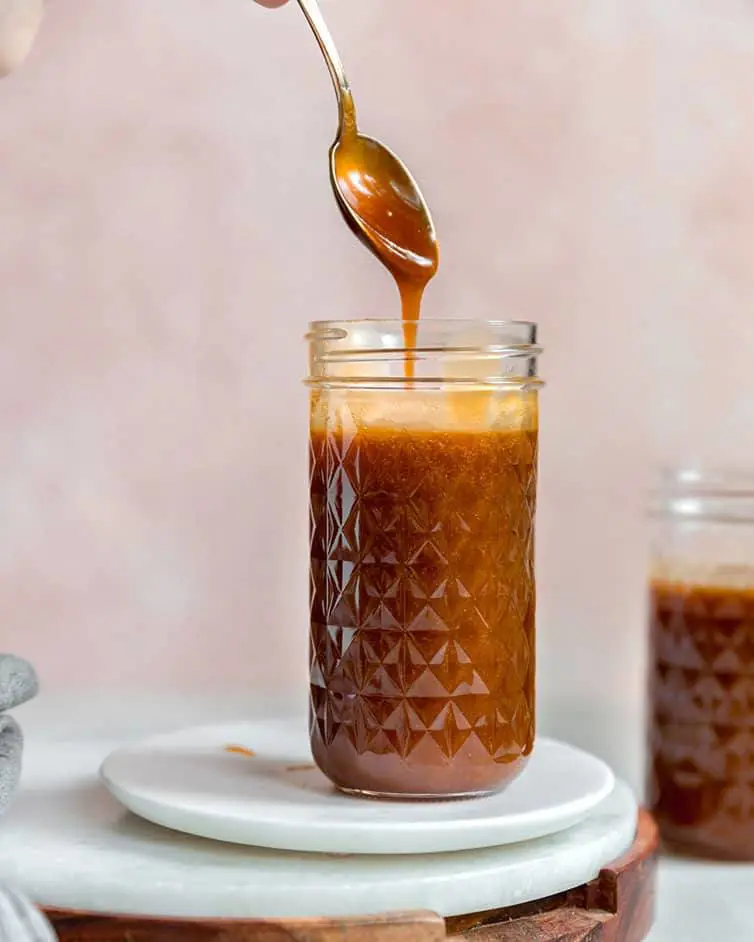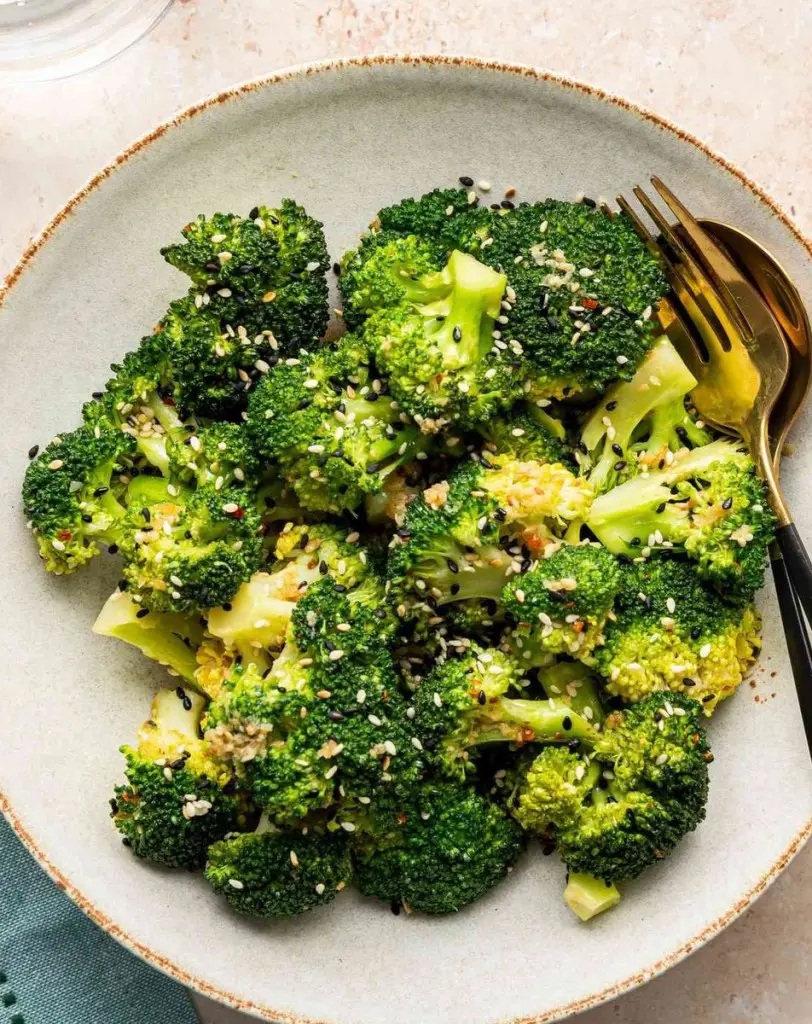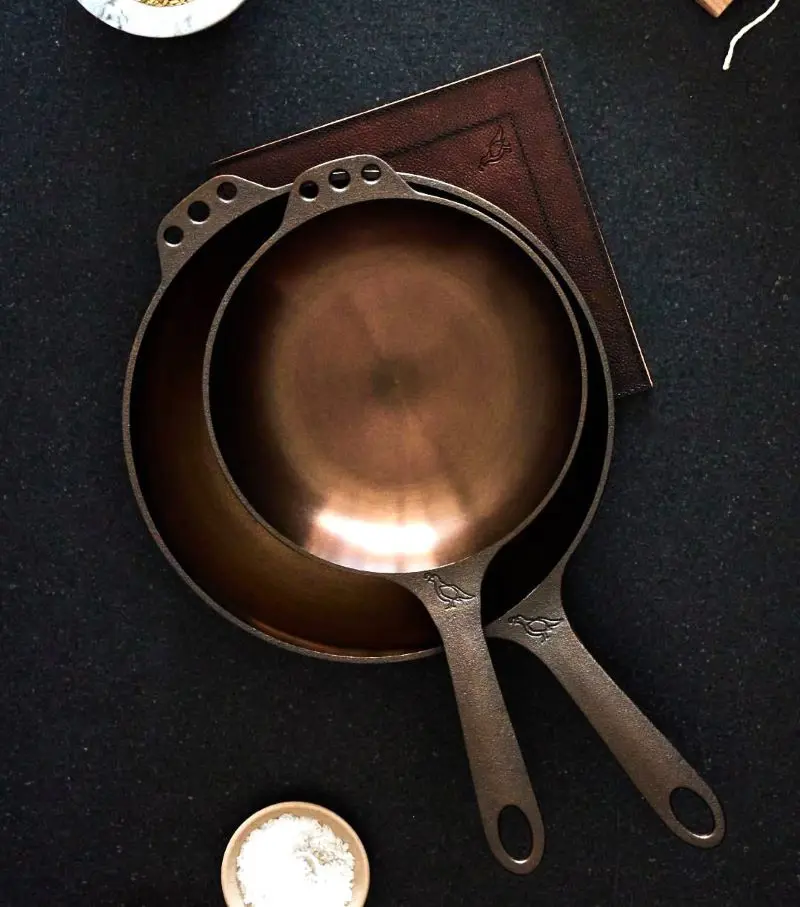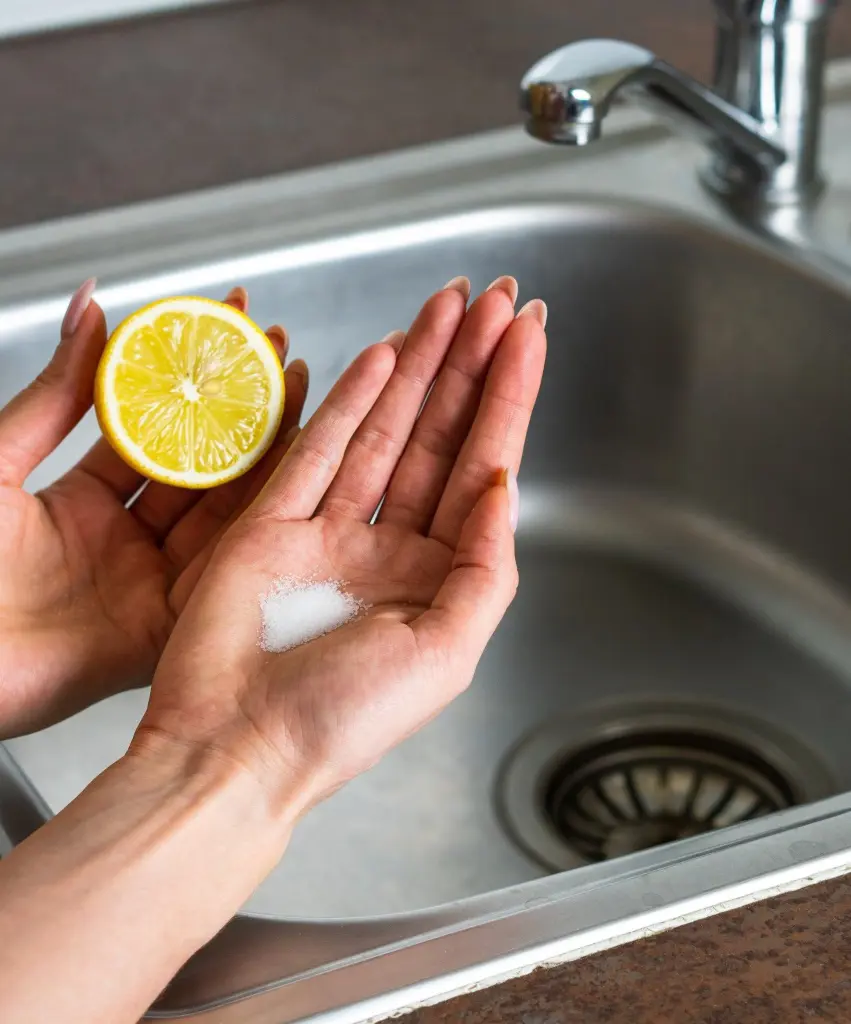What You Need To Clean Your Stovetop
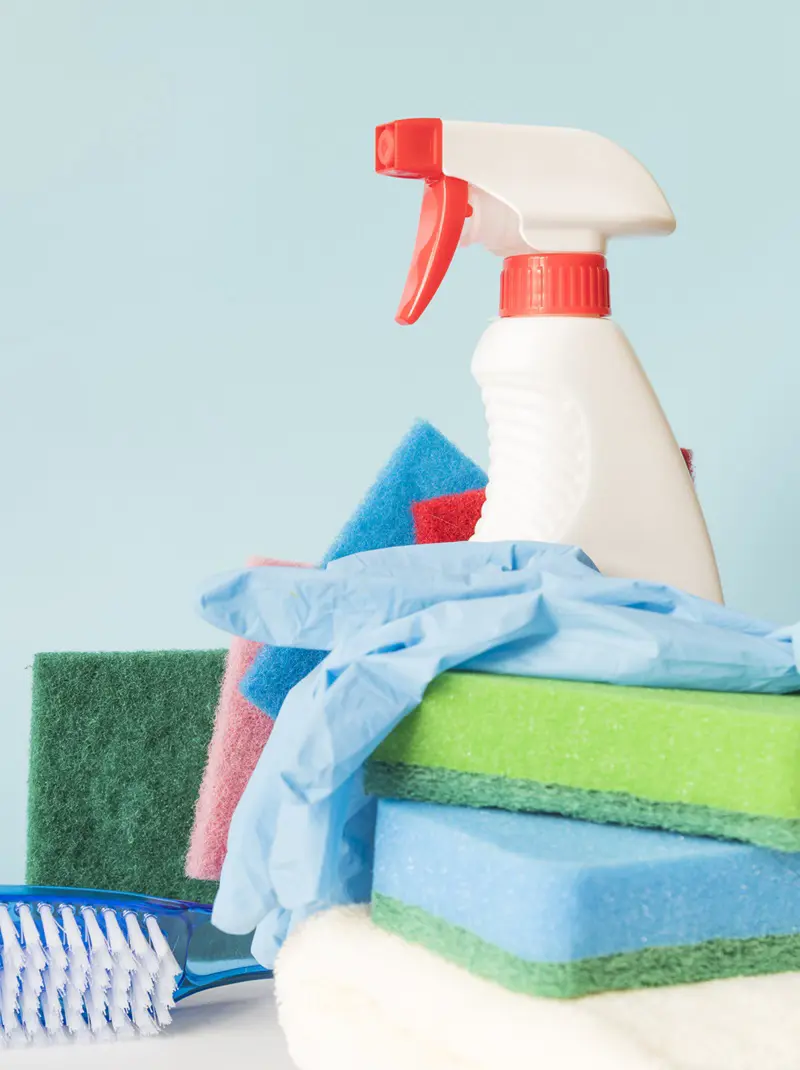
When it comes to cleaning your stove top, having the right tools and supplies can make the job easier and more effective. Here’s a list of essential items you’ll need to keep both gas and electric stove tops clean and shiny:
- Microfiber Cloths: Microfiber cloths are recommended for cleaning the stovetop because they will not scratch the surface and clean the dirt effectively. They are also very good at absorbing and hence so useful in wiping and polishing.
- Non-Abrasive Sponges: These sponges are among the best when it comes to cleaning your stoves without bringing about some harm to them. They’re powerful enough to deal with spills and stains but are not abrasive adequate to damage the surface.
- Baking Soda: These are natural cleaners that are effective in eradicating tough stains and even burnt foods. It is a tad gritty so can properly clean away grime and gunk and not ruin your stovetop in the process.
- White Vinegar: Vinegar is an excellent all-purpose cleaner. It’s especially good at cutting through grease and leaving your stove top shiny. Plus, it helps remove any odors.
- Plastic Scraper: A plastic scraper is handy for removing stuck-on food or spills that have hardened. It’s safe to use on glass and ceramic stove tops because it won’t scratch the surface.
- Toothbrush: An old toothbrush is great for cleaning those hard-to-reach areas around the burners and knobs. The small bristles can get into tiny spaces and will be more penetrating than a cloth or even a small sponge for that matter.
- Dish Soap: Dish soap is essential for cleaning removable parts like grates and drip pans. It is capable of dissolving greases and is harmless on most kinds of surfaces.
- Paper Towels or Dry Cloths: After washing, you will need something to wipe on the stove top with. A sheet of paper towel or a clean cloth can then be used to wipe off any remaining moisture and this will help in avoiding streak formation.
